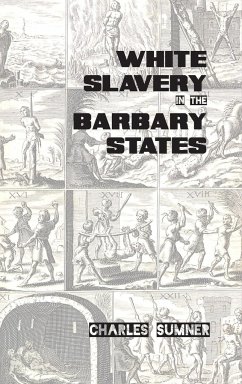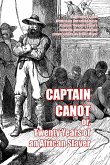First delivered as a lecture in Boston in 1847 by one of America's foremost anti-slavery activists, this classic work became a powerful argument used against the institution of slavery as it then existed in the United States, for, as the author correctly pointed out, why did America go to war to end white slavery in North Africa at the hands of the Moors, yet still tolerated black slavery at home? Starting with an overview of the historical nature of slavery from ancient times onwards, the author first focusses on how the trade in white slaves become one of the dominant features of Moorish society in North Africa, concentrated around the cities of Tunis and Algiers. From these bases, the author reveals, via thoroughly referenced sources, Arab slave traders preyed on European shipping and conducted raids across the seas, reaching the south western coast of England and Ireland in their slave-raiding activities. Many famous figures--such as the Spanish author Cervantes ("Don Quixote") were captured and enslaved by the Moors, and the first major European military attempt to halt this slave trade was carried out in 1620, when an English fleet was launched against Algiers. The author, ever aware of the inconsistency of the attitude of European powers towards slavery, does not fail to point out that in this same year, the first African slaves were landed in North America, also by the English overlords. The author then goes on to describe the conditions endured by the white slaves in North Africa, and the long list of European diplomatic and military attempts to halt the slave trade there. Finally, the increasing number Americans being captured by the Moors, now known as the Barbary Pirates, so named from that geographic region of North Africa, led to American military intervention. This in turn caused the Bey of Tripoli to formally declare war on the United States in 1801, a provocation which ultimately resulted in the 1816 physical destruction of the Barbary Pirate States through military means. Sumner's work remains a dramatic overview of a little-known period of history, and has lost none of its powerful message over the passage of years. Cover image: "Torments of the Slaves" from "Histoire de Barbarie et de ses corsairs," Pierre Dan, 1637.
Hinweis: Dieser Artikel kann nur an eine deutsche Lieferadresse ausgeliefert werden.
Hinweis: Dieser Artikel kann nur an eine deutsche Lieferadresse ausgeliefert werden.








